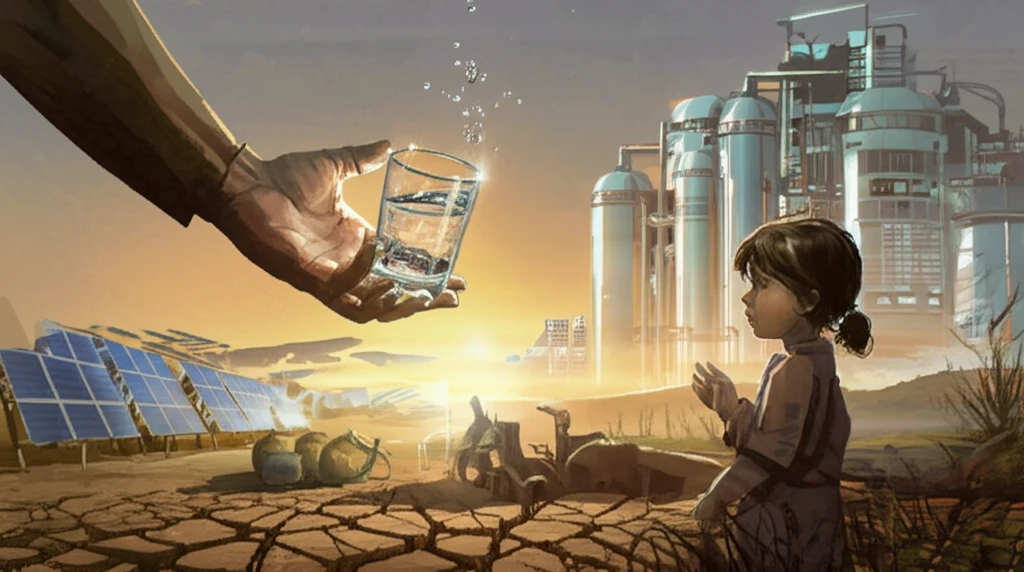
Water Woes Solved: Your Ultimate Guide to Clean Water Solutions for a Healthier Life
"Discover practical and affordable methods to purify water, ensuring a safe and healthy supply for you and your community."
Clean water is more than just a basic necessity—it's the foundation of health and well-being. For many communities, especially in developing countries, accessing safe drinking water remains a daunting challenge. Waterborne diseases and chemical contamination pose significant threats, affecting millions of lives each year. According to the World Health Organization (WHO), water-related illnesses cause over 3.4 million deaths annually, predominantly among young children. This alarming statistic highlights the urgent need for effective and accessible water purification solutions.
The good news is that innovative and affordable technologies are emerging to address this critical issue. From simple household methods like boiling and solar disinfection to more advanced systems such as membrane filtration and electrochemical treatment, there are numerous ways to purify water and make it safe for consumption. These solutions vary in cost, complexity, and effectiveness, but they all share a common goal: to eliminate harmful contaminants and protect public health.
This comprehensive guide explores a range of water purification methods, examining their feasibility, benefits, and limitations. We'll delve into the science behind each technology, offering practical advice on how to implement these solutions in your community. Whether you're looking for a simple DIY project or a more sophisticated system, this guide will provide you with the knowledge and tools you need to ensure a clean and healthy water supply.
Simple Steps to Clean Water: Boiling, Filtration, and Solar Disinfection

These are some easy to implement ways to get access to safe water.
- Boiling: The simplest and most trusted method for inactivating bacteria, viruses, and protozoan cysts. Boiling water for at least one minute effectively kills most harmful pathogens. However, it's important to note that boiling does not remove chemical contaminants or improve the taste of water.
- Filtration: A practical first step in water purification, filtration removes suspended solids and sediments. While basic filtration doesn't eliminate all contaminants, it's an essential pretreatment for other purification methods. Common filtration media include sand, anthracite, and activated carbon, which can remove organic contaminants and certain inorganic substances.
- Solar Disinfection: Harness the power of the sun with solar disinfection (SODIS). This method involves exposing water in transparent bottles to direct sunlight for about six hours. The UV radiation from the sun effectively inactivates microorganisms, making the water safe to drink. SODIS is a cost-effective and environmentally friendly solution, particularly suitable for small-scale household use.
Clean Water: A Collective Responsibility
Securing access to clean water is a shared responsibility that requires the collective efforts of individuals, communities, and governments. By embracing innovative technologies, promoting sustainable practices, and empowering local communities, we can overcome the challenges of water contamination and build a healthier, more equitable future for all.
